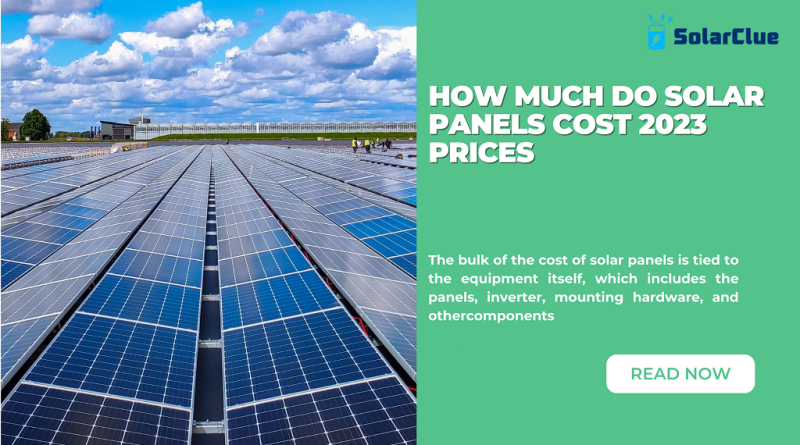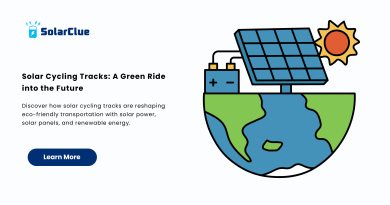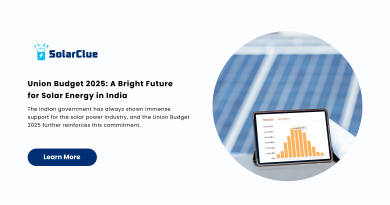How Much Do Solar Panels Cost 2023 Prices
The global commitment to sustainable energy has seen significant growth over the past decade, underscored by advances in technology and heightened environmental awareness. Among the vast array of renewable energy options, solar power has emerged as a major player—offering sustainability, reliability, and an attractive return on investment. Therefore, it’s little wonder potential buyers frequently ask “How much do solar panels cost?” For those interested in joining the solar energy revolution, this article provides a comprehensive breakdown of solar panel costs for 2023.
Table of Contents
Factors Influencing Solar Panel Cost
Several variables contribute to the cost of solar panels, rendering a definitive “one-size-fits-all” price impractical. Key considerations include the size and type of the solar panel system, the location and orientation of the installation site, along with the rate charged by the installation company. Additionally, it’s important to consider the efficiency of the panels, as high-efficiency units—which often come with an increased upfront cost—can lead to greater long-term savings via lower energy bills. The overall cost can also be mitigated by available incentives, tax credits and subsidies.
Average Cost of Solar Panels in 2023
In 2023, the average cost of solar panels is projected to be approximately $2.50 to $3.50 per watt, according to reputable industry sources. This figure translates to about $15,000 to $25,000 for a typical residential solar system, with an average size of 6 kilowatts (kW), before tax credits or incentives. This broad price range illustrates the significant impact that varying system sizes, types of photovoltaic panels, and installation considerations can have on the total cost.
Understanding the Cost Breakdown
The bulk of the cost of solar panels is tied to the equipment itself, which includes the panels, inverter, mounting hardware, and other necessary components. These elements usually account for around 70% of the total expenses, while labor and installation constitute another 15%. The remaining costs are attributed to permits and inspections required by the jurisdiction. It’s important to remember that while these figures provide a useful benchmark, actual costs can fluctuate based on local market conditions and specific project details.
Reductions and Incentives
While the upfront cost of solar panels seems significant, there are numerous incentives and subsidies available that can considerably reduce the expense. Perhaps the most notable of these is the Investment Tax Credit (ITC), a federal incentive that allows homeowners to deduct a sizable portion of their solar costs from their taxes. Moreover, many states offer additional incentives and subsidies. To fully understand the potential savings, it’s best to consult with a knowledgeable solar installer or financial advisor.
What Are the Long-term Savings?
Beyond their environmentally friendly advantages, solar panels provide families with an opportunity to realize substantial long-term savings. In fact, an average household can save between $10,000 to $30,000 over the solar panels’ 25-year lifespan. The exact savings will depend on factors such as local energy rates, the size and efficiency of your solar system, and the amount of sunlight your home receives.
Conclusion
Solar energy has proven to be not just an ecological boon, but a great financial investment for the future as well. The cost of solar panels is a crucial factor to consider when moving towards sustainable, renewable energy. Even though the initial layout might look considerable, the long-term savings are compelling, and the financial offsets provided by incentives and subsidies make solar energy an increasingly affordable alternative to fossil fuels. What Are Monocrystalline Solar Panels




